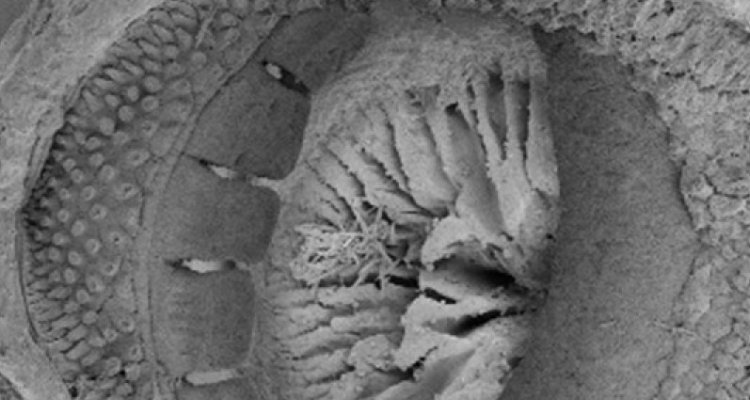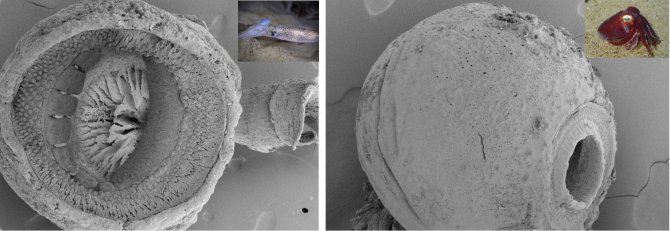
Thesis subject
Is there a lid for every pot?: Analyzing sucker morphology with CT-scans to determine whether sucker morphology is adapted to prey type
Cuttlefish and squid suckers are highly diverse in size, shape and morphology. They range from minute suckers, that have a diameter of only two hairs thick up to suckers as large as our typical bathroom suction cups. Morphological wise, suckers can be asymmetric or symmetric/asymmetric, have teeth/no teeth, highly muscular or have small microstructures called papillae.
We are interested in quantifying these morphological differences to get a better understanding if these suction cups have adapted to a certain prey type. We will study these morphological differences, using microCT. MicroCT allows us to make 3D reconstructions of the suction cups and analyse for examplethe size of the teeth, the papillae and the muscles. Ultimately, this will help us better understand how suction cup morphology is related to function.
We are looking for motivated students (MSc thesis or 24 ECTS BSc thesis) who is interested in studying morphology and linking this to a function. During this thesis project, you will work with an interdisciplinary team of engineers, physicists, and biologists from the Experimental Zoology group. The skills you will be using and learning include, make 3D reconstructions, segmenting CT scans, landmarking and analysing these results. This can be combined, depending on interest, with other methods such as histology, MRI and scanning electron microscopy. Together, providing a thorough analysis of the differences to get a complete picture of the differences in morphology, leading to a better understanding what the possible function might be.

If you are interested in studying morphology and want to learn a range of cool techniques, do not hesitate to contact us via ezo.thesis@wur.nl to ask for the options.